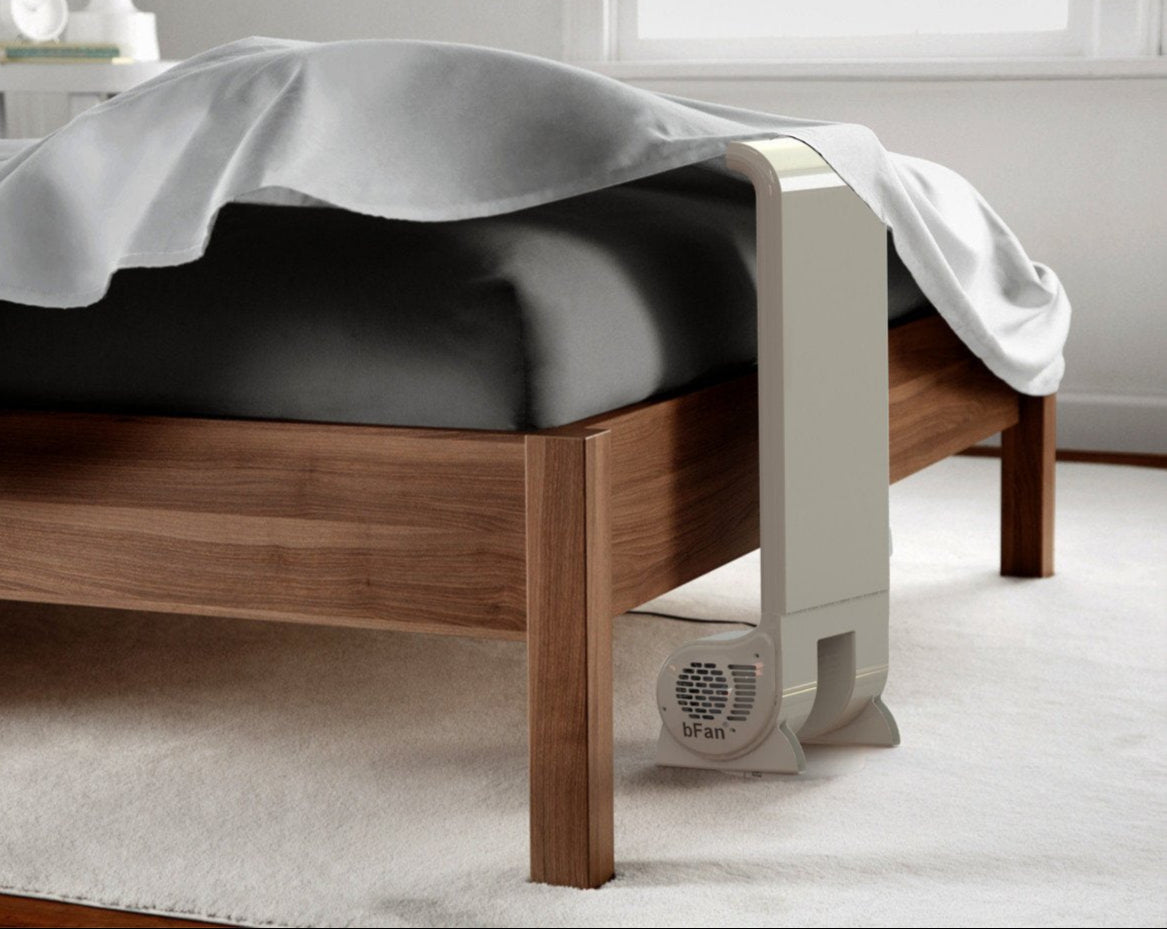Stop Night Sweats Naturally: Causes, Solutions, and Effective Relief
Understanding Night Sweats and Menopause Night Sweats
Night sweats, including those associated with menopause, occur when the body's natural cooling mechanisms, influenced by hormones, fail to maintain thermal equilibrium during sleep, leading to symptoms such as excessive perspiration. This leads to excessive perspiration as a last-resort response.
During pregnancy, many women experience changes in hormonal levels that can lead to increased body heat and night sweats. This is due to the body's increased metabolic demands and the effects of fluctuating hormones, such as progesterone and estrogen. Managing these changes through proper sleep environment adjustments and clothing choices can help alleviate discomfort.
By comprehending the underlying processes of heat transfer—radiation, conduction, convection, and evaporation—you can implement targeted treatment strategies to prevent night sweats and achieve restful sleep.
The Body's Cooling Mechanisms to Prevent Night Sweats
The human body employs four primary methods to regulate temperature and avoid overheating (night sweats):
- Radiation: Heat emanates from the body, similar to warmth from a heated object, dissipating into the surrounding environment.
- Conduction: Direct contact transfers heat, such as when your skin touches a cooler surface, like cool sheets.
- Convection: Air movement carries heat away, similar to the effect of a fan.
- Evaporation (Sweating): As a final measure, sweat evaporates to cool the skin, but this is uncomfortable and disruptive.
These processes occur sequentially. When radiation, conduction, and convection are insufficient—often due to trapped heat under bedding—night sweats ensue.
The Temperature Balancing Act in Bed
Upon entering bed, the initial cool sensation results from conductive heat transfer, where heat moves from your warmer body to the cooler sheets and mattress. However, as the bedding absorbs heat, it reaches saturation, halting effective cooling.
The bed similarly absorbs radiant heat until equilibrium is disrupted. Convection requires fresh air circulation, which is limited under covers, leading to heat buildup.
Not everyone experiences night sweats because many achieve a stable equilibrium where heat generation matches absorption. For individuals with fluctuating body temperatures, such as those experiencing menopause, excess heat accumulates, triggering perspiration.
Achieving Equilibrium to Eliminate Night Sweats
Equilibrium occurs when the bed absorbs heat at the same rate your body produces it—e.g., 200 units per minute matched by equal absorption. This state prevents overheating.
For individuals prone to night sweats, symptoms such as variable heat production disrupt this balance. The Bedfan addresses this by enhancing convection, delivering a gentle breeze between the sheets that removes trapped heat without disturbing your partner or increasing energy costs.
Key Benefits of the Bedfan:
- Targeted cooling for one side of the bed.
- Reduces reliance on air conditioning, saving on utility bills.
- Proven effective as a treatment for menopause night sweats and general overheating.
How the Bedfan Stops Night Sweats Through Enhanced Convection
Traditional bedding traps air, limiting convection. The Bedfan introduces controlled airflow at the foot of the bed, expelling warm air and introducing cooler room air. This maintains a cooler microclimate, preventing the cascade to sweating.
Unlike whole-room fans or AC units, the Bedfan is energy-efficient (less than 25 watts) and quiet, providing targeted relief where needed. Users report rapid temperature stabilization, leading to uninterrupted sleep.
Customer Testimonials
"The Bedfan transformed my nights—no more waking up drenched. It's a game-changer for menopause symptoms." – Sarah T.
"Finally, a solution that works without freezing out my spouse. Highly recommend!" – Michael R.
Frequently Asked Questions (FAQs) About Night Sweats
What Causes Night Sweats During Menopause?
Hormonal fluctuations, driven by hormones, increase core body temperature, overwhelming natural cooling processes and leading to symptoms such as perspiration.
How Can I Stop Night Sweats Naturally?
Enhance convection with devices like the Bedfan, maintain a cool bedroom (68-72°F), use breathable fabrics, and stay hydrated.
Is the Bedfan Effective for All Types of Night Sweats?
Yes, it aids in menopause-related, medication-induced, cancer-related, or idiopathic night sweats by promoting air circulation as an effective treatment.
What Makes the Bedfan Better Than a Regular Fan?
It targets the space under sheets for precise cooling, is adjustable, and operates quietly without drafts.
Don't let night sweats disrupt your rest. The Bedfan offers a natural and efficient solution, backed by science and customer satisfaction.

The bFan Bedfan
Stop Sleeping Hot
Order your fan today and stop night sweats so you cab get the rest you need.
